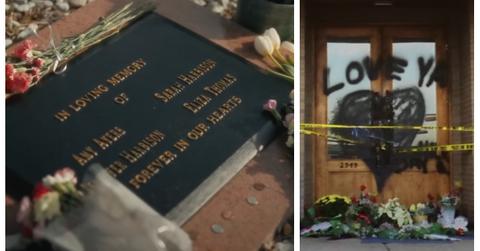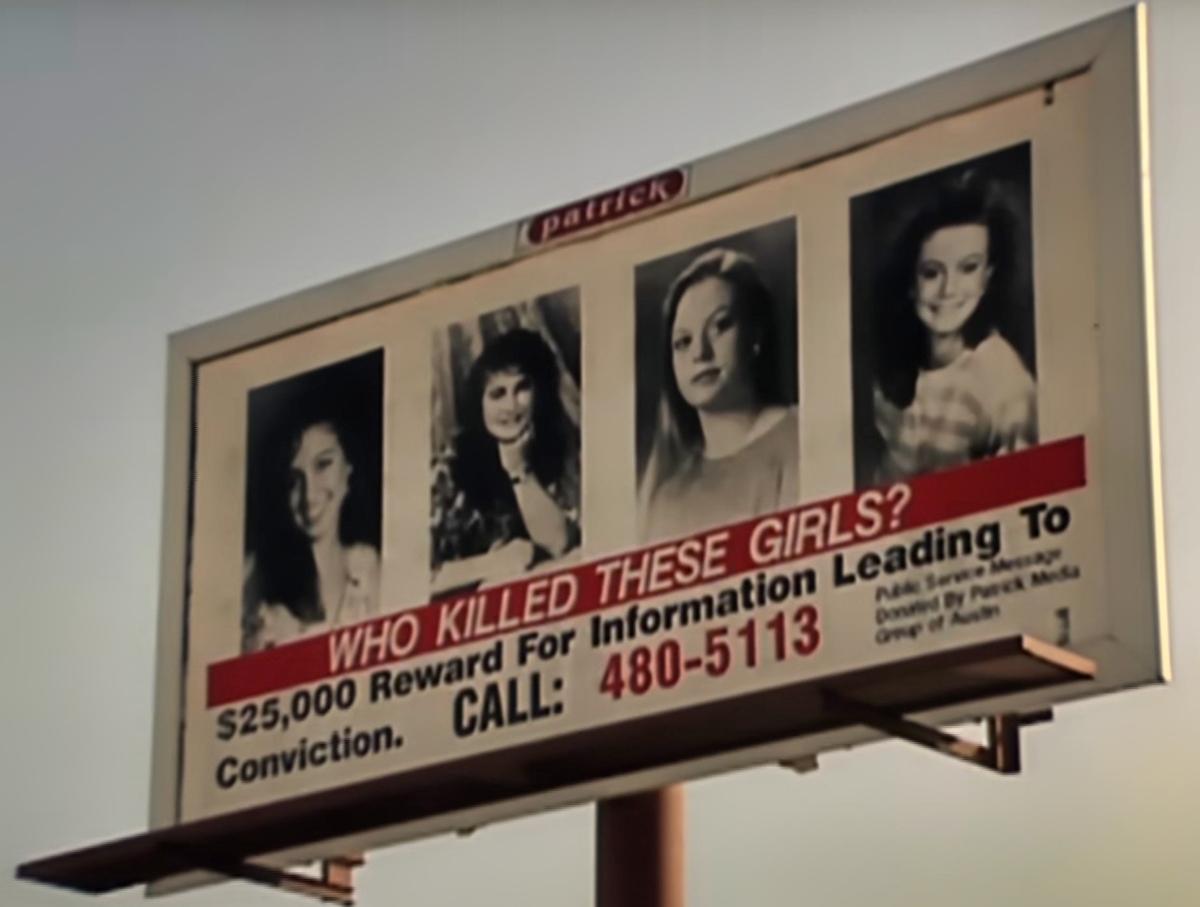There Have Only Been Four Suspects Identified in the 1991 Yogurt Shop Murders
The Yogurt Shop Murders have yet to be solved.
Published Aug. 4 2025, 7:15 p.m. ET

In December 1991, four teenage girls were at an I Can't Believe It's Yogurt! shop in Austin, Texas. Jennifer Harbison, 17, and Eliza Thomas, also 17, were working.
Jennifer's 15-year-old sister Sarah and 13-year-old friend Amy Ayers were hanging out while the two other girls were getting ready to close at 11 p.m.
According to The Austin Chronicle, just before midnight, then-rookie Austin Police Officer Troy Gay was on patrol through the shopping center where the shop was, when he noticed smoke coming from the store.
Firefighters were called to the scene, which was later identified as a quadruple homicide. All four teenage girls had been killed. Their deaths would later be known as the Yogurt Shop Murders.
Since that time, only four suspects have officially been identified. Details to follow.

Who were the Yogurt Shop Murders suspects?
By the time Sgt. John Jones was given this case, he had investigated the murders of 154 people. Due to the fire and the subsequent water used to put it out, the crime scene was a mess, making it difficult to collect evidence.
He started interviewing customers who had been at the shop that day, as well as friends and family members of the victims. A little over a week later, they chatted with then-16-year-old Maurice Pierce, who was found with a stolen gun that matched the kind used in the murders.
Pierce told police he had lent the gun to a friend, 15-year-old Forrest Wellborn, who then used it during the yogurt shop murders. Wellborn denied any involvement, but pointed police to Robert Springsteen and Michael Scott, two teenagers who had gone on a joyride to San Antonio in a stolen SUV immediately after the crime occurred.
They were the next two suspects, bringing the list to four total.
After interviewing Pierce, it became clear to Jones that the young kid was not involved. They reached the same conclusion with Wellborn, who Jones said "couldn't organize a two-car parade."
It should be noted that when police tested Pierce's gun, it was not a match. The gun has never been found, and the case went cold.
Police arrested the four suspects eight years after the murders.
In January 1996, Detective Paul Johnson was assigned to reorganize the case, per Texas Monthly. That's when he zeroed in on Pierce, curious as to why his name was at the top of the pile despite the fact that police spoke with dozens of suspects who owned the same gun.
Johnson interviewed Wellborn and Pierce in 1996 and 1998, respectively. They continued to deny any involvement in the murders.
By August 1999, a third task force had been formed. This time, they focused on Scott, who was living in Buda, Texas, with his wife and stepdaughter. He agreed to come in the following day, and after a lengthy interrogation, which allegedly involved threats and verbal abuse, Scott confessed to being part of the crime.
Police then traveled to West Virginia to speak with Springsteen, who was married and worked odd jobs to get by. Just like Scott, Springsteen spoke with investigators for five hours and, similarly, started off denying any involvement, then ended the interrogation by admitting he was in fact involved.
Detectives then tried to use Scott to bring in Wellborn, who continued to say he was not involved at all. That didn't matter as in October 1999, all four men were arrested.
The Yogurt Shop Murders remain unsolved.
It was ultimately proven that police coerced false confessions from Scott and Springsteen, who had each been convicted of the murders and received death sentences.
According to CBS News, in 2006, their convictions were overturned because these false confessions were used against each other during their separate trials, which violates the Sixth Amendment.
Despite this, Scott and Springsteen were still in prison awaiting new trials until a breakthrough happened in 2009.
The four girls were not just burned; they had been shot by a .22 caliber pistol. At least one of them had been sexually assaulted, and in 2009, a DNA profile was obtained from that victim.
It did not match Scott, Springsteen, Wellborn, or Pierce. With that, the charges against Scott and Springsteen were dropped. The case remains unsolved.
